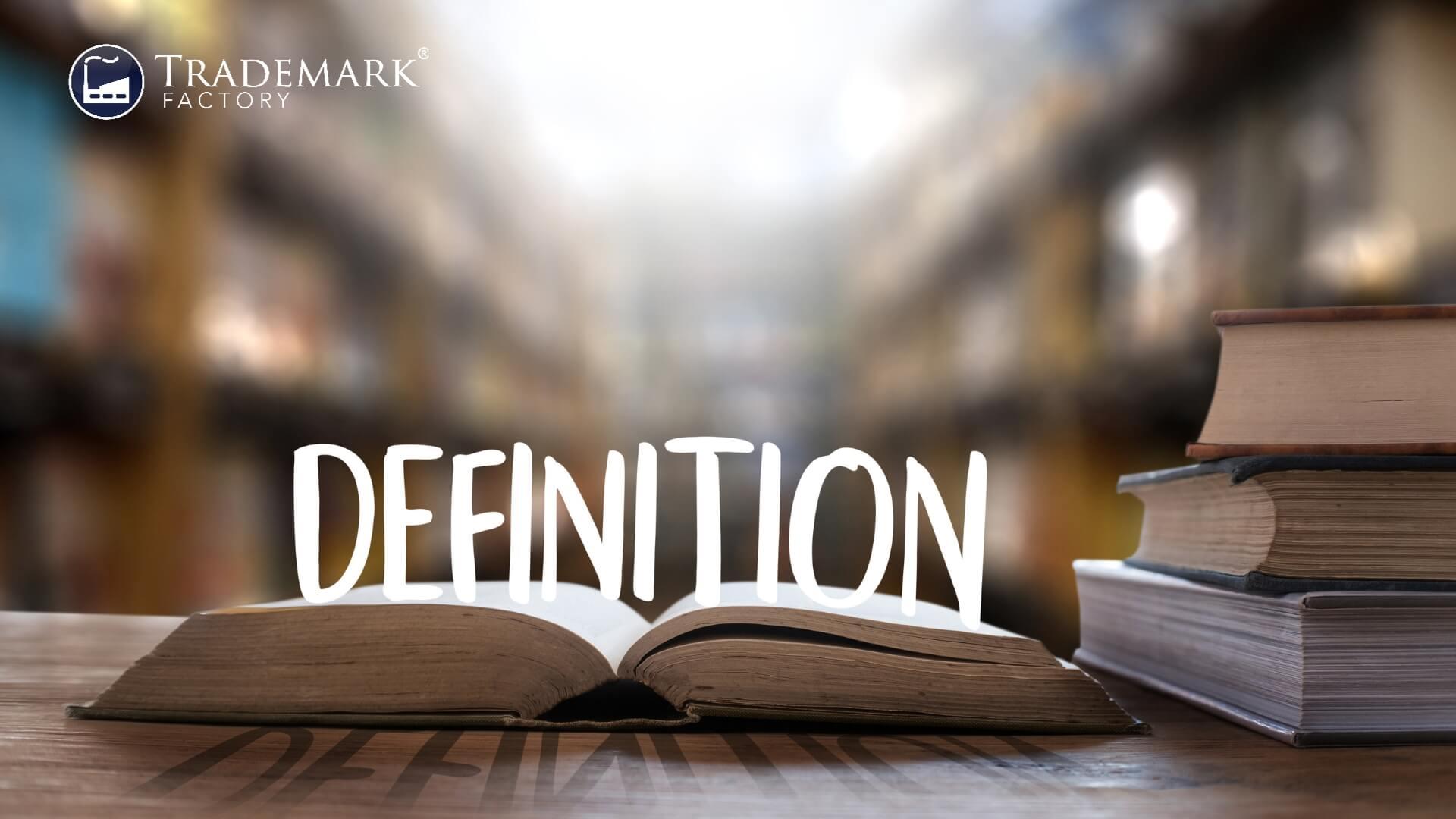Navigating the Complexities of Trademark Law An Expert Guide by TrademarkFactory

This article provides a comprehensive guide to navigating the complexities of trademark law, offering expert insights from TrademarkFactory. The aim is to assist readers in understanding the foundations of trademark law, including its definition, purpose, and types of protection available. Additionally, the article outlines the process for registering trademarks, discusses infringement and enforcement measures, and offers guidance on maintaining and renewing trademark rights. By mastering these aspects of trademark law, businesses can effectively navigate legal challenges and promote growth in a competitive marketplace.
Key Takeaways

- Trademark law governs the ownership, protection, and utilization of trademarks.
- Trademarks are distinctive signs that identify and distinguish goods or services.
- Trademark recognition is achieved through registration, providing legal protection.
- Businesses must analyze potential trademark infringements and develop strategies.
Understanding the Foundations of Trademark Law

This discussion aims to provide a comprehensive understanding of the fundamentals of trademark rights. It explores the essential aspects of trademark law startups, including the origin and purpose of trademarks, their role in establishing brand identity, and the legal protection they afford to businesses. By examining these key points, this analysis will contribute to a deeper comprehension of the complexities surrounding basic trademark rights for entrepreneurs and their significance in today's business landscape.
Fundamentals of Trademark Rights
The fundamentals of trademark rights encompass the legal principles and regulations that govern the ownership, protection, and utilization of trademarks in various business contexts. These include trademark infringement cases, where unauthorized use of a registered mark is subject to legal action. Additionally, businesses must consider trademark protection abroad to safeguard their brand identity internationally. Trademark licensing agreements allow for authorized use of a mark by third parties, while trademark dispute resolution mechanisms help resolve conflicts. Effective trademark portfolio management ensures comprehensive brand protection strategies. Understanding these fundamentals is crucial for businesses seeking to establish and protect their trademarks.
Transition: With an understanding of the fundamentals of trademark rights, it is important to delve into the explanation of definition and purpose of trademarks themselves.
Definition and Purpose of Trademarks

Trademark definitions and purposes are important aspects to consider when navigating the complexities of trademark law. Trademarks serve as distinctive signs that identify and distinguish goods or services of one entity from those of others, leading to consumer recognition and loyalty. They play a crucial role in marketing and branding, promoting consumer trust and ensuring fair competition. Trademark recognition is achieved through registration, granting legal protection against infringement. Understanding these foundational concepts sets the stage for explaining different types of trademark protection.
Types of Trademark Protection

Different types of trademark protection offer varying levels of legal safeguards for businesses to protect their unique trademarks. Common law trademarks provide some level of protection based on actual use in commerce, but may be limited in scope and enforceability. International trademark protection allows businesses to extend their trademark rights beyond national borders, providing broader coverage. Trademark opposition proceedings allow third parties to challenge the registration of a trademark. Non-traditional trademarks, such as sounds or scents, may also receive protection under certain circumstances. Additionally, businesses can license or assign their trademarks to others for commercial purposes. This range of options highlights the importance of selecting the appropriate type of trademark protection for each business's specific needs and goals.
Transition: Understanding the different types of trademark protection is just one step in navigating the complexities of trademark law. The next section will delve into the process of registering a trademark, outlining the necessary steps and requirements for obtaining legal protection for a business's valuable brand assets.
Trademark Registration Process

One crucial step in obtaining legal protection for a business's brand assets is following the trademark registration procedure. To begin, businesses must meet certain eligibility requirements, such as using the mark in commerce and having distinctiveness. The application process involves filing with the appropriate government agency, providing documentation like specimen of use and a description of goods or services. Common mistakes to avoid include inadequate description or failure to conduct a thorough search. The timeframe for approval can vary but typically takes several months. Understanding this process is essential before delving into trademark infringement and enforcement.
Trademark Infringement and Enforcement

To effectively address trademark infringement and enforcement fo startups, businesses must carefully analyze potential violations and develop appropriate strategies for enforcement. This involves considering the legal consequences of infringement, such as damages and injunctions. Counterfeit products pose a significant challenge in trademark enforcement, requiring proactive measures to combat their production and distribution. Online infringement adds another layer of complexity due to the global nature of the internet. International enforcement may be necessary to protect trademarks across borders. Throughout this process, businesses must also balance assertive enforcement with brand reputation management.
Transitioning into the subsequent section about maintaining and renewing trademark rights...
Maintaining and Renewing Trademark Rights

Maintaining and renewing trademark rights requires diligent attention to the registration process, including timely filing of renewal applications and ensuring that all necessary documentation is provided. It is crucial to monitor trademark registrations in order to promptly identify any potential infringements or challenges. Strategies for maintaining trademark strength include consistently using the mark in commerce and actively enforcing its rights against infringers. Common challenges in trademark rights maintenance and renewals may include changes in ownership or confusion with similar marks. Tips for updating trademark registrations include accurately reflecting any changes in ownership or goods/services offered. In conclusion, mastering trademark law is essential for business growth as it ensures the continued protection and strength of valuable trademarks.
Conclusion: Mastering Trademark Law for Business Growth

Developing a comprehensive understanding of trademark law is crucial for businesses seeking sustainable growth and protection of their valuable trademarks. To navigate the complexities of trademark law, it is important to formulate a strong trademark strategy that aligns with business goals. This includes building brand recognition through consistent use of trademarks and addressing any legal challenges that may arise. Additionally, businesses should consider expanding their protection internationally by registering trademarks in relevant jurisdictions. Lastly, exploring opportunities for trademark licensing can further enhance brand value and revenue streams.
Frequently Asked Questions

Can I Trademark a Domain Name?
Registering domain names as trademarks is possible, but it depends on various factors, such as distinctiveness and potential for confusion. Domain name trademark disputes arise when there is infringement or unauthorized use of protected trademarks in the domain name. International regulations also play a role in protecting domain name trademarks.
How Long Does It Take to Register a Trademark?
The average duration for registering a trademark depends on various factors, such as the complexity of the application and potential opposition. Expedited registration options are available in some jurisdictions, but common reasons for delays include examination backlogs and legal disputes. Strategies for speeding up the registration process may involve hiring experienced professionals or ensuring all necessary documents are submitted accurately and timely.
Can I Trademark a Color or a Scent?
Color trademarks present limitations and challenges in trademark law, while scent trademarks pose unique challenges. The exploration of the limitations of trademarking non-traditional marks necessitates an understanding of consumer perception. Case studies highlight both successful and unsuccessful registrations in these areas.
Can I Trademark a Slogan or a Catchphrase?
Trademarking a slogan or catchphrase requires meeting legal requirements such as distinctiveness and non-descriptiveness. The purpose is to establish brand recognition and create unique identifiers in the market, safeguarding against competition and protecting intellectual property.
What Are the Potential Consequences of Trademark Infringement?
Legal penalties, brand reputation damage, loss of market share, injunctions and cease and desist orders, and financial damages are potential consequences of trademark infringement. Such repercussions can significantly impact both the infringing party and the rights holder.
Conclusion

In conclusion, mastering trademark law is essential for business growth. Understanding the foundations of trademark law and the purpose of trademarks allows businesses to protect their intellectual property effectively. Familiarizing oneself with the different types of trademark protection and the registration process ensures that businesses can secure exclusive rights to their brand names and logos. Moreover, being knowledgeable about trademark infringement and enforcement helps businesses take appropriate legal action when necessary. Lastly, maintaining and renewing trademark rights ensures ongoing protection for businesses in a competitive market. Overall, navigating the complexities of trademark law is crucial for safeguarding business interests and fostering growth.
Subscribe to Trademark Wednesdays, our weekly newsletter where we'll send fun and informative trademarking topics straight to your inbox.




